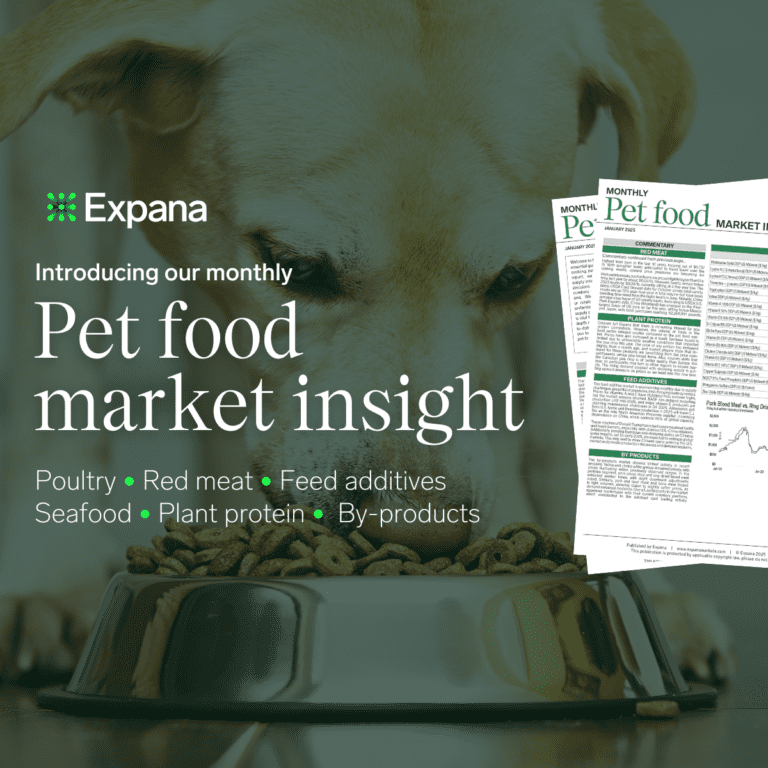Inflation slows again in the US and the Eurozone
by: Andrew Woods
US
Inflation in the US was 2.4% y-o-y in September, down from 2.5% y-o-y in August. Despite the annualized deceleration, the headline result was above market expectations of 2.3%. However, the headline figure is the lowest inflation reading since February 2021. Food inflation increased to 2.3% y-o-y in September, up from 2.1% in August. The energy subindex deflation accelerated to -6.8%, down from -4.0%, with fuels such as gasoline declining 15.3% y-o-y, representing a 4.1% m-o-m decrease.
Eurozone
Annualized inflation in the Eurozone slowed to 1.7% in September, down from 2.2% in August. The result means that inflation in the region is below the European Central Bank’s (ECB) 2% target and is the lowest figure since April 2021. Market sources believe that inflation is now in a controlled range following years of elevated results. Services inflation remained elevated at 3.9% y-o-y, but the annualized figure slowed from the previous month. Energy inflation was the main driver behind the headline inflation decline, registering -6.1% y-o-y. However, market sources commented that the deflationary energy result could be attributed to the relatively high base comparison from September 2023.
China
The consumer price index in China was 0.4% y-o-y in September, down from 0.6% in August, marking the eighth consecutive month of inflation after a period of deflation. The reading fell short of expectations of 0.6%. Annualized food inflation was 3.3%, up from 2.8% in September. However, the producer price index (PPI) was -2.8% y-o-y, down from -1.8% y-o-y, the fastest rate of decline in six months and fueling market players’ fears of the CPI slipping back into deflation in the coming months.
Packaging metals market in September 2024
Aluminum
In September, 3m futures aluminum prices at LME increased by 3.9% m-o-m to $2,468.57/mt. The main contribution to the price increase was in the second half of the month, especially in the last week following the announcement of stimulus measures by the Chinese government. However, the first half of October showed that optimism in the metals market, and aluminum in particular, has started to wane, as market players do not believe that the stimulus will lead to a real increase in demand for aluminum, at least in the short term. Market sources also note that the rise in aluminium prices has speculative underpinnings.
Demand for aluminum packaging remains weak. For example, the decline in the manufacture of light metal packaging in the EU, which fell by 4 per cent y-o-y in the first eight months of 2024, is indicative. Overall, a steady decline in the index has been recorded over the past 24 months. In the US, beer production, which consumes large amounts of aluminum in the form of aluminum cans, declined by 3% y-o-y in the first seven months of 2024. The drop in consumption is also reflected in a 3% y-o-y drop in US aluminum imports in the first eight months of 2024, and an 8% y-o-y drop in aluminium foil imports.
Prices for most aluminum packaging products rose in September reflecting the rise in aluminum prices: prices for aluminum cans from stock in the EU rose by 4% m-o-m, aluminum foil prices rose by 1.5% m-o-m in August; in the US prices for aluminum cans were stable, although aluminum foil prices rose by 2% m-o-m.
Steel
In September, the average price of 3m futures of US steel HRC at CME increased by 1.8% m-o-m and rose by 0.2% y-o-y to $854/mt, the price of EU HRC decreased by 6.1% m-o-m to €581/mt. Demand for steel remained weak in the EU and the US in September with no significant seasonal growth.
The main driver of steel price changes was the reaction of the Chinese steel market to the stimulus announcement. Thus, at the end of September, after the announcement of plans for state support, steel and raw material prices in China began to grow. However, at the beginning of October, steel and raw material prices began to decline. Steel producers in the EU and US tried to raise prices on the domestic market, but due to weak demand consumers did not accept the price increase.
Demand for tinplate remains weak globally, so prices in China fell by 4% m-o-m in September. Tinplate market prices in the EU and the US remained stable in September.
Want to dig into further insights? Discover more on our insights page.



